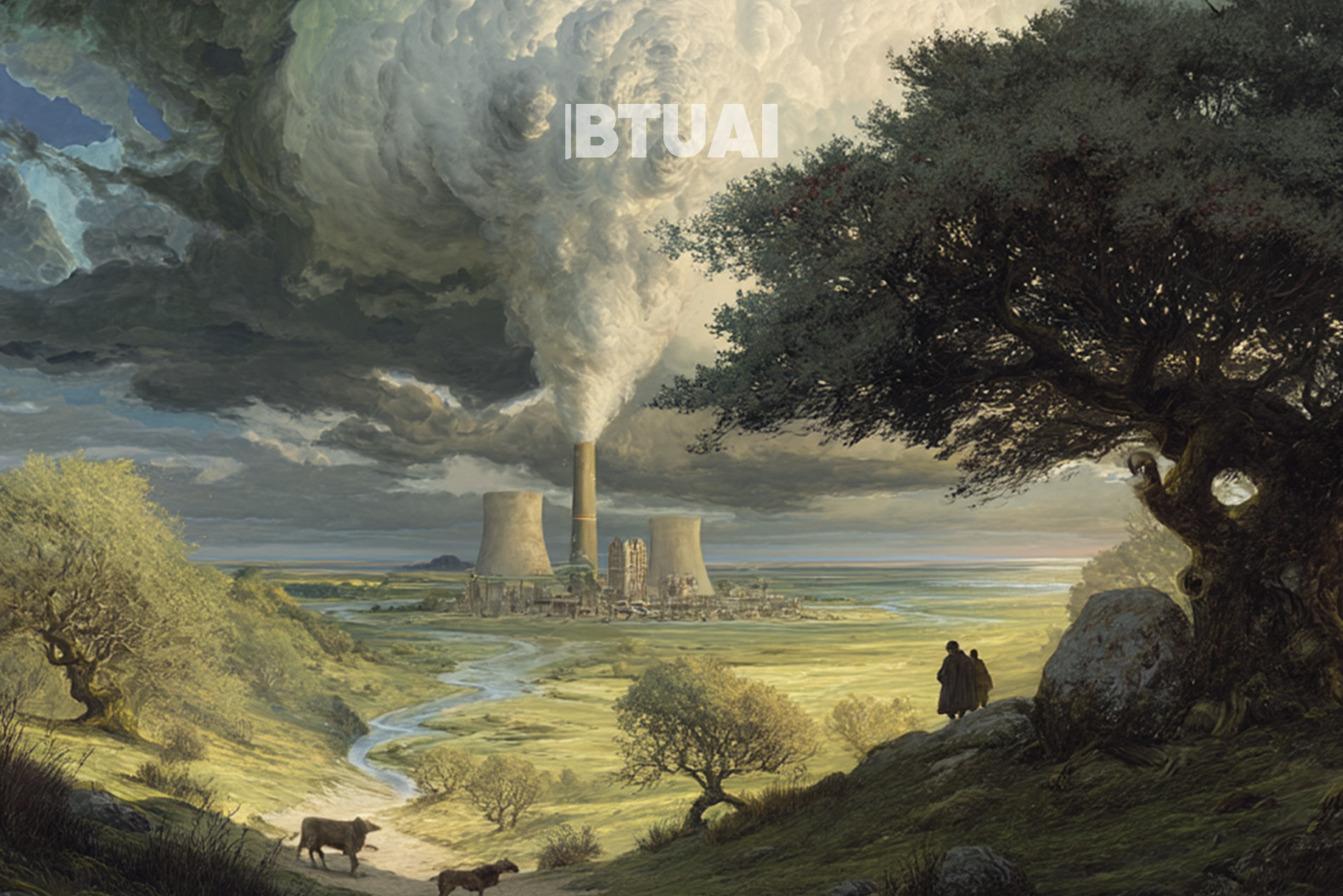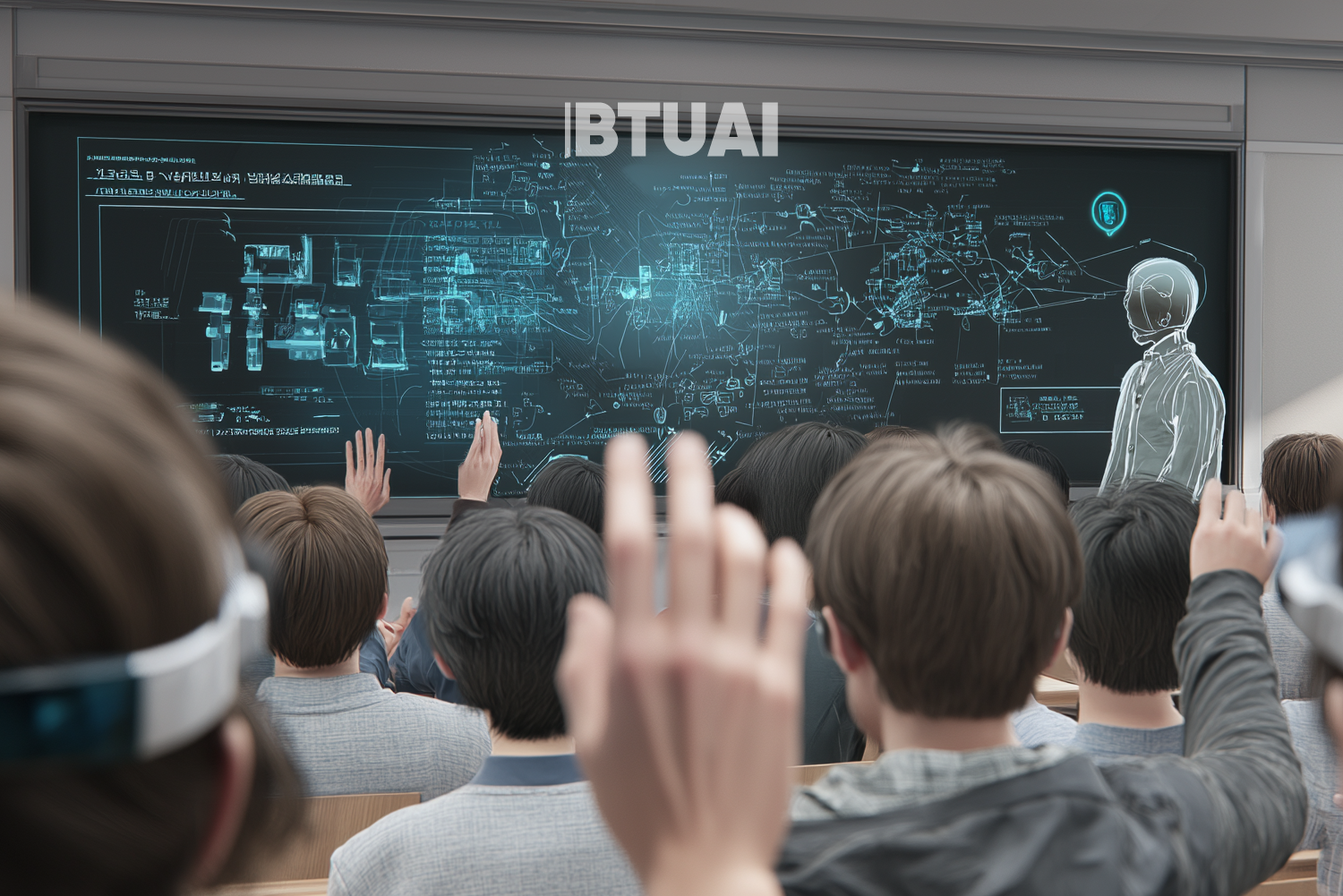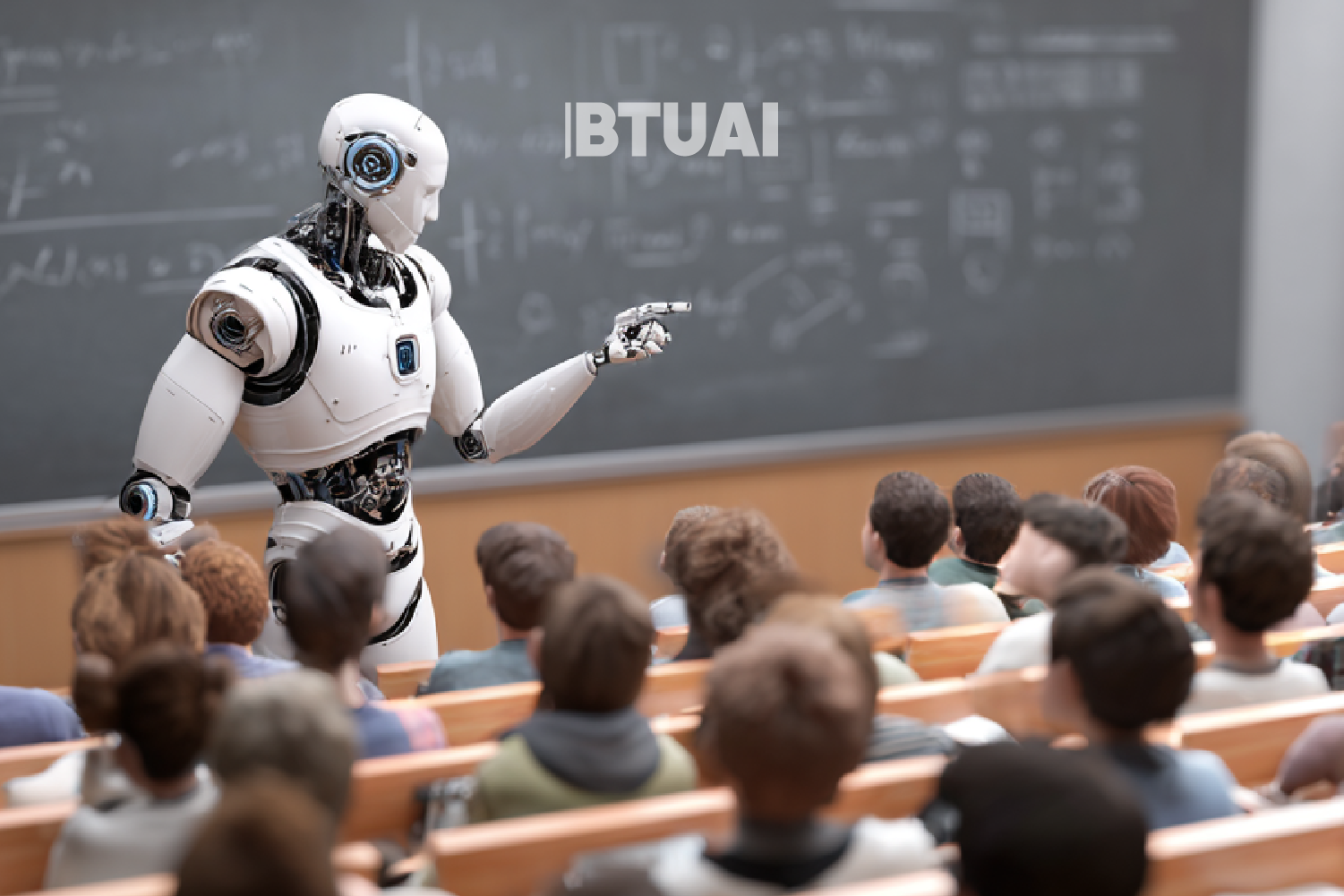The New Nuclear Renaissance
As the world’s energy future becomes increasingly dependent on clean and stable sources, nuclear energy has returned to the

As the world’s energy future becomes increasingly dependent on clean and stable sources, nuclear energy has returned to the global agenda. But this time, its resurgence is not tied solely to climate goals or nostalgia for the past. In the new era, the revival of nuclear plants is directly linked to modern artificial intelligence — a technology that not only assists in reactor design but also enables real-time control and diagnostics.
One of the main players in this transformative process is the U.S. Department of Energy’s Argonne National Laboratory in Lemont, Illinois, which has developed a cutting-edge AI technology known as PRO-AID — “Parameter-Free Reasoning Operator for Automated Identification and Diagnosis.” The project was led by Richard Vilim, senior engineer at the lab’s nuclear science division.
PRO-AID represents a technological leap in a sector that had seen little real progress since the late 20th century. Today, nearly all of the 94 operational nuclear reactors in the U.S. are running on extended licenses beyond their original lifespans, with an average age of 42 years. This means that much of the American nuclear energy system is technologically a relic, creating serious risks and potential for declining revenues.
This is where artificial intelligence comes into play. PRO-AID uses generative AI, large language models, and automated logical analysis to evaluate data from nuclear plants in real time, detect potential faults, alert operators, and explain the nature of problems. In doing so, it replicates the cognitive processes once carried out solely by highly experienced nuclear operators.
However, economic and strategic dilemmas also surround this innovation. Renovating nuclear plants is expensive, and their temporary shutdowns create challenges for energy supply. Officials at Argonne state that PRO-AID has not yet been deployed commercially. However, the technology is already available for licensing to software providers or nuclear equipment manufacturers.
At the same time, tech giants like Amazon and Microsoft are showing increasing interest in nuclear energy to power their data centers, further reinforcing the strategic importance of the sector. According to the International Energy Agency, the AI boom could double electricity consumption by data centers by the end of the decade, greatly amplifying the need for energy diversification.
New-generation nuclear companies — including Bill Gates’ TerraPower and Sam Altman-backed Oklo — are already using AI for reactor design and modeling processes. Their goal is to develop and commercialize reactors created entirely in digital environments. Specifically, TerraPower’s Natrium reactor will be the first designed from start to finish with AI assistance. Oklo uses AI for design analysis and to significantly accelerate simulation processes.
However, as industry representatives themselves note, large-scale AI integration into nuclear energy is still in its early stages. The technology’s potential is undeniable — it is a “giant accelerator,” as Oklo CEO Jacob DeWitte puts it — but the nuclear industry is inherently conservative, and change comes slowly.
It is clear that in the coming years, nuclear energy and artificial intelligence will become increasingly intertwined. The world needs a stable, clean, and high-tech energy system, and with AI’s help, that goal is becoming more attainable. Yet the central question remains — can the world adapt to this transformative technological shift quickly enough to meet energy and climate challenges at the same pace at which AI is advancing? Time will tell. But one thing is already certain: the nuclear renaissance has begun — this time, powered by AI.
Prepared based on materials from nytimes.com




